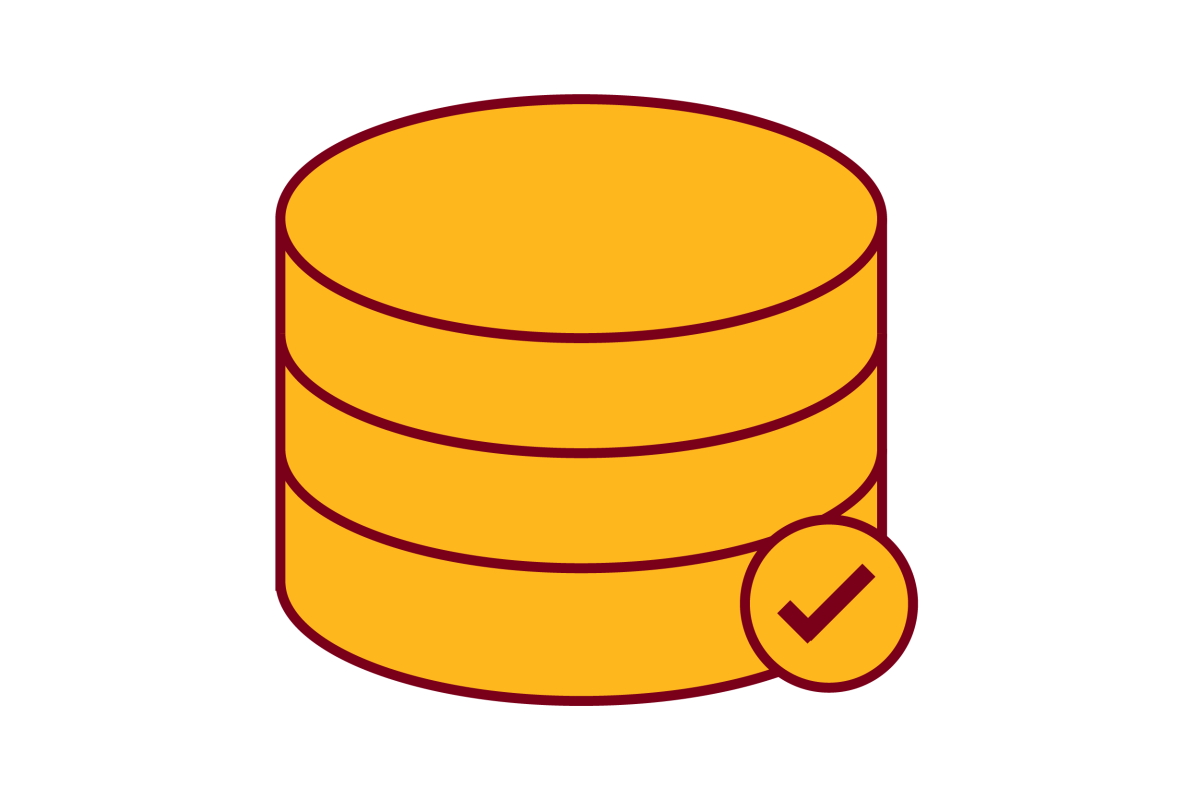Big Spatiotemporal Data Analytics: A research and innovation frontier [journal]

Journal
International Journal of Geographical Information Science - June 2, 2020
Authors
Chaowei Yang, Keith Clarke, Shashi Shekhar (professor), C Vincent Tao
Abstract
Big Data have emerged and become the norm in the past decade with its well-known 4V challenges and now adds value (a 5th V) for scientific research and the development of new applications. Such Big Data are normally used to record phenomena of interest from social, physical and economical perspectives. Our 4-dimensional (4D) world with 3D in space and 1D in time puts a stamp (or a series of stamps) on the data collected, and a spatiotemporal signature is recorded within most Big Data. We refer to such Big Data with spatiotemporal stamps as Big Spatiotemporal Data. Big Spatiotemporal Data Analytics is the study and application of thinking, algorithms, frameworks, tools, and solutions for the processing of Big Spatiotemporal Data. Most Big Data are produced with space and time stamps and are samples in sequential observations from various remote, in-situ, mobile and human sensing systems or simulations. The data can be used to study a variety of phenomena from global to microscale, for example, how global climate change in the past centuries has caused the rise of sea level and temperature, and in turn, brought sometimes catastrophic hazards. At the micro-scale, the study of DNA and cell evolution has unveil the patterns, vulnerabilities and potential cures for cancer and other diseases.
Link to full paper
Big Spatiotemporal Data Analytics: A research and innovation frontier
Keywords
spatial computing